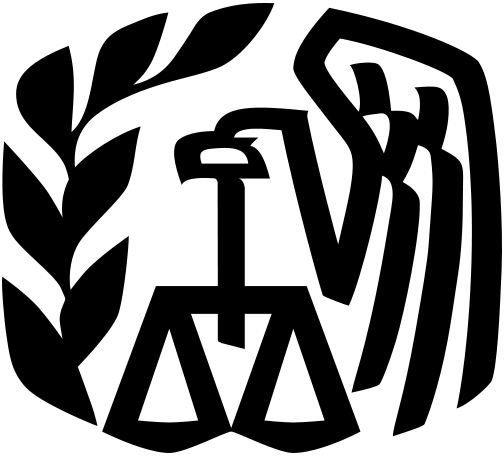How Long Can I Take Money Out of an IRA Account
IRA Distribution Rules
Money may be borrowed only from qualified retirement accounts. Qualified retirement accounts are designated as accounts that bear the designation of 401(k) plans, RET plans and Profit Sharing or Pension Plans. Most IRAs including Roth IRAs are not considered qualified retirement plans. The difference between a qualified and non-qualified plan is determined by the status of the funds that are invested in the plan. Qualified plans are funded through pre-tax dollars while a non-qualified plan is funded using after-tax dollars.
Some investors believe that it is possible to borrow money from an IRA plan and repay those funds within the sixty (60) days that the Internal Revenue Service allows for reinvestment. It is important to note that the Internal Revenue Service does not consider these funds a loan however, they are considered a distribution.
The differentiation in terms is critical to understand because of the way these funds are handled. For example, assets that are held in an IRA plan are not eligible to be used for collateral while those that are held in a qualified plan may be eligible depending on the policies of individual banks. Loans from qualified plans have specific repayment agreements attached to them and depending on specific circumstances, these payments may be suspended for various reasons. In addition, most qualified plans have rules about adding funds while a loan is being repaid.
IRA account distributions are not considered loans as there is no mechanism in place for enforcing repayment. If an accountholder decides to put the funds back into the account within 60 days then there is no further penalty associated with the distribution. However, if they do not repay the funds that are distributed, there is a tax liability but no legal obligation to replace the funds. In these cases, it is merely considered a distribution for tax purposes. The classification of the distribution is based on the age of the accountholder at the time of distribution. Those who are aged 59 1/2 or older may not have to pay penalties if the funds are not returned to the IRA account. There are other exceptions where the distribution may not incur additional penalties.
Penalty Free Withdrawals

There are specific conditions under which an IRA account holder may take a distribution from their accounts prior to the age of 59 1/2 without being concerned about answering the question how long can I take money out of an ira account. These conditions are explained thoroughly in the IRS Tax Topic 557 which covers both traditional IRA accounts and Roth IRA accounts. There is one thing that must be clearly understood about distributions which are paid back within 60 days - these distributions are only allowed one time per year from an IRA or a Roth IRA. These are some of the conditions which may apply for penalty free withdrawals from an IRA:
Excessive medical expenses - for families who have very high medical bills (e.g., those exceeding a specific percentage of income), funds may be withdrawn to pay for those expenses;
First time home buyers exemption - while it is more common to use funds from a 401(k) or other qualified plan for home down payments, IRA funds can also be used for this purpose. It is important to note that this exemption may not apply to second home down payments, vacation properties or loaning money to a spouse or family member to purchase a home;
Disability exemption - IRA account holders who become disabled may be eligible to withdraw funds from their accounts without incurring additional penalties. The IRS may require specific documents to support this type of hardship claim.
Making the decision to remove money from an IRA account is not one that should be made lightly. Those who are concerned about incurring a penalty should re-deposit the funds within sixty days of the withdrawal date. Failing to do this would count as an unqualified distribution unless the taxpayer is able to show that the withdrawal meets the basic requirements for a hardship withdrawal. In some cases, there may be better alternatives than taking money from an IRA and risking the tax penalties involved.
Resources
Sources:
- Investopedia Appleby, Denise Borrowing from your Retirement Plan
- Bank rate Taylor, Don Borrowing from an IRA
- Internal Revenue Service Tax Topic 557 Tax on Early Distributions from Traditional and Roth IRAs
Image Credits:
- Broken Piggy Bank via freedigitalphotos.net/Daniel St.Pierre
- IRS Logo via wikimediacommons.org/Public Domain
